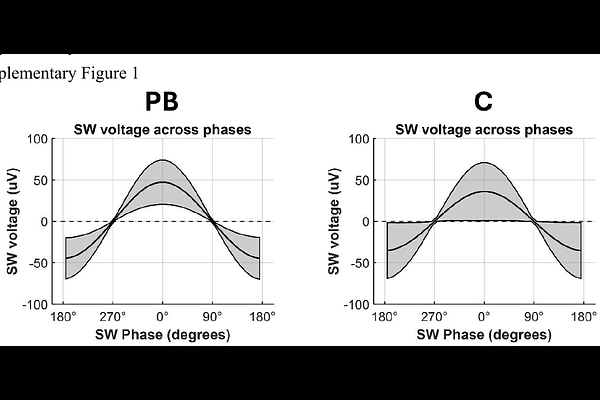Visual exploration drives Hippocampal SWR rates during 3D spatial navigation in the freely moving marmoset

Visual exploration drives Hippocampal SWR rates during 3D spatial navigation in the freely moving marmoset
Otero, C. A.; Piza, D. B.; Martinez-Trujillo, J.; Diaz, J. R.
AbstractSharp wave ripples (SWRs) are synchronous neurophysiological events in the hippocampus (HPC) linked to memory encoding, consolidation, and recall. In freely moving rodents, SWRs typically occur during brief pauses in locomotion when animals halt to explore their surroundings. Whether this is also the case in primates remains unknown. Here, we hypothesize that during spatial navigation in freely moving primates, hippocampal SWRs also occur during pauses in locomotion, but coupled to exploratory gaze shifts that sample visual information to guide navigation. To evaluate this, we wirelessly recorded hippocampal local field potentials (LFPs) in freely moving common marmosets (Callithrix jacchus). Two animals performed a visually guided foraging task in a 3D maze, navigating to reward locations using visual cues while we tracked body, head position, and gaze direction. One animal also performed a memory-guided alternation task navigating to remembered goal locations. Across 24 sessions, we detected 6,772 SWRs; notably 51.86% of events occurred within 5 seconds of the preceding SWR. The sharp wave component averaged 7.96 +- 3.74 Hz in frequency and 143.87 +- 71.87 ms in duration, while the ripple component averaged 163.7 +- 13.47 Hz and 126.07 +- 63.00 ms, respectively. Phase amplitude coupling (PAC) was present with ripple amplitude peaking at specific SW phases. Notably, 94.37% of SWRs occurred when animals were stationary with no significant body or head movement. SWR rates were significantly higher during the memory-guided task (mean: 0.09 +- 0.08 events/s) compared to foraging (mean: 0.02 +- 0.01 events/s). Our findings show that hippocampal SWRs in freely moving marmosets are coupled to pauses in locomotion and gaze exploration, indicating that active vision in primates drives hippocampus mediated memory encoding, consolidation, and recall during navigation.